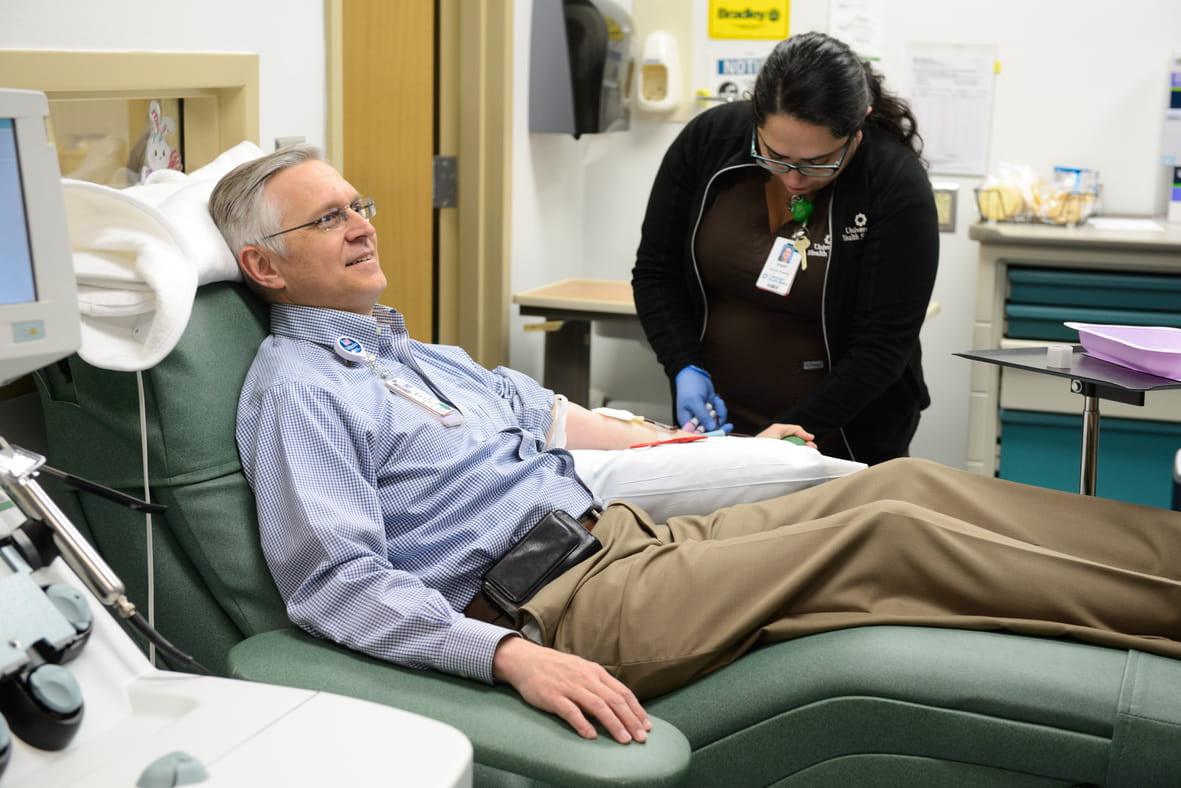Your head is pounding and you could use some relief, but do you have a headache or migraine? What’s the difference, and how should you treat each? We have the answers to help ease your aching head.
Why does my head hurt?
Doctors classify headaches into two categories: primary and secondary. Primary headaches include tension headaches which can be chronic, occurring between 10-15 times a month.
Tension headaches
Tension headaches can be caused by:
- Depression
- Hunger
- Anxiety
- Sleep deprivation
- Stress
- Poor posture
Cluster headaches
Cluster headaches are another type of primary headache that can occur frequently within a short time period during the same time every day and can last between 6-12 weeks.
Cluster headaches usually affect one side of the head often behind the eye. Symptoms include:
- Changes in heart rate
- Sweating
- Restlessness or sleeplessness
- Severe pain on one side of the head.
Hemicrania
Hemicrania are primary headaches that affect the same side of the head and can fluctuate in severity. People can struggle with these types of headaches daily, weekly or monthly usually within a specified time period followed by a headache free length of time afterwards.
Symptoms of hemicrania often look similar to migraine symptoms and include:
- Nausea
- Sensitivity to light and sound
- Congestion
- Swollen eyelids
Migraines
Migraines are a neurological disease that can cause severe throbbing or pulsing on one side of the head. Symptoms include:
- Sensitivity to light
- Nausea
- Vomiting
- Pain
- Trouble speaking or seeing
Some people may have warning symptoms before a migraine occurs like an “aura,” which includes visual disturbances like flashes of light and/or tingling down the arms, legs or on one side of the face.
Migraines can last for days and can be debilitating for those who experience them.
How should I care for my aching head?
If you’re having frequent headaches, a visit to your primary care provider is a good first step to getting some relief.
Depending on the symptoms, severity and frequency of your headaches, your primary care provider may suggest you see a neurologist, a doctor that specializes in the brain and spinal cord.
What are common treatments for chronic headaches and migraines?
While medication can relieve some of the pain associated with chronic headaches and migraines, they may not provide the long-term relief you’re hoping for or stop the headaches from coming back. That’s why preventative care is often the best.
Doctors suggest living the “migraine lifestyle,” which includes eating a healthy diet and exercising to prevent these headaches.
Preventative measures
- Stress management
- At least 7-8 hours of sleep a night
- Drinking plenty of water
- Low-impact exercise like yoga or tai chi
- Managing depression or anxiety
It’s also important to identify what triggers your headaches or migraines. Is it a certain type of food? When you have periods of high stress? Finding out what causes your head to ache and then managing these triggers is always an important first step to finding relief.
Primary Care at University Health
Learn more about our primary care services on our website. Our providers can help you determine the next step in treatment if you experience headaches or migraines.




